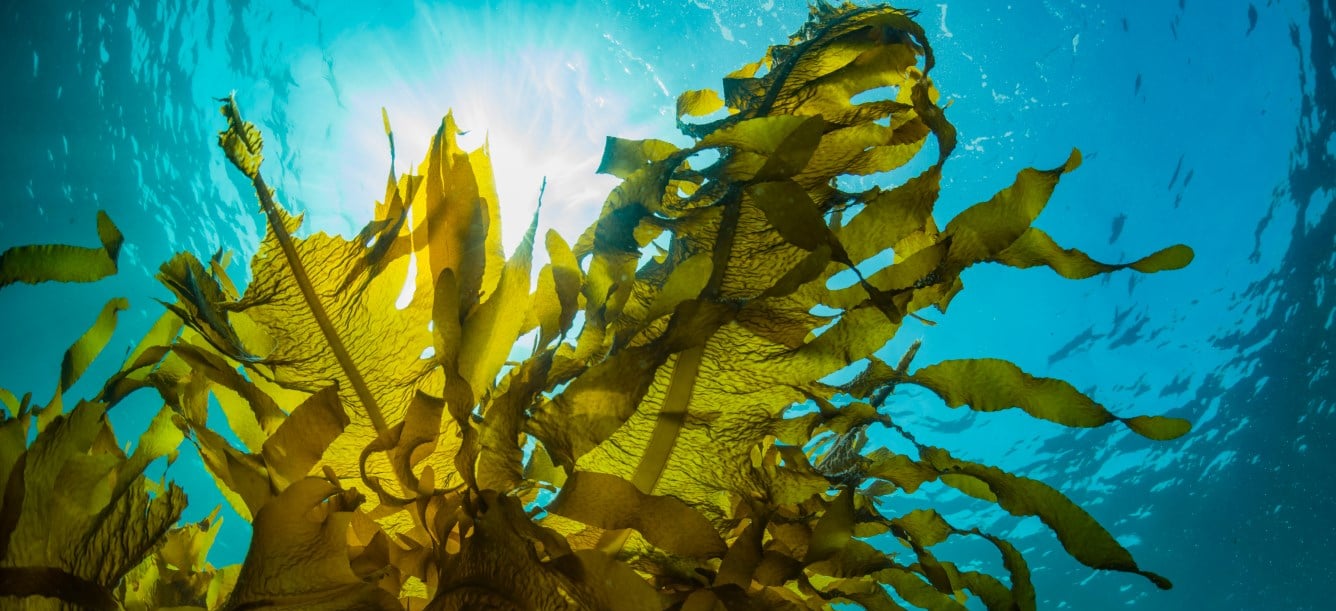SeaCell: what makes these fibres so special?
SeaCell™ fibres are made using Icelandic seaweed. The MicroModal® blend creates an innovative, comfortable, soft fabric, which cares for the skin, regulates body temperature and is breathable.
9 November 2021 • 5 min reading time

SeaCell: The innovative fiber made from algae and natural cellulose.
SeaCell™ fibres are made from seaweed grown in the unique ecosystem of the Icelandic fjords. They are rich in valuable nutrients and contain more vitamins, minerals and trace elements than many other products of natural origins.
The fibres are made from renewable resources, which are entirely natural and untreated. The Icelandic seaweed is harvested from naturally occurring seaweed fields using careful, sustainable methods. Only the top part of the plant is removed, allowing the seaweed to continuing growing. The seaweed harvested is then roughly cut, ground and integrated evenly into the cellulose fibres. At CALIDA, the seaweed is blended with man-made MicroModal® fibres from the Austrian manufacturer Lenzing AG.
When combined with MicroModal®, SeaCell™ fibres unite the best of two products of natural origins.
SeaCell™ is soothing and gentle on the skin. Seaweed is often used in cosmetics products for this reason. The components of seaweed ensure palpable comfort.
the blend of SeaCell™ and MicroModal® results in an innovative product: light, breathable and temperature-regulating, even in high temperatures.
SeaCell™ seaweed is especially soft and silky, making SeaCell™ products particularly well-suited for sensitive skin. The high concentration of anti-oxidants has a soothing effect on the skin and activates cell regeneration. This is due to the skin’s natural moisture, which releases the seaweed’s essential materials and stimulates an active exchange between the fibres and the skin.
Discover more topics from our blog that might interest you:






